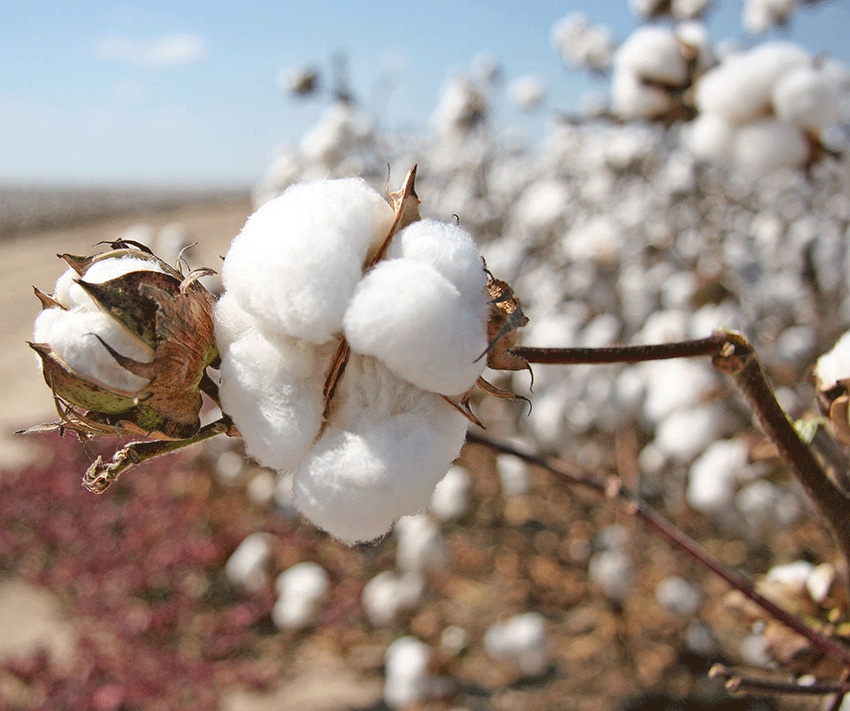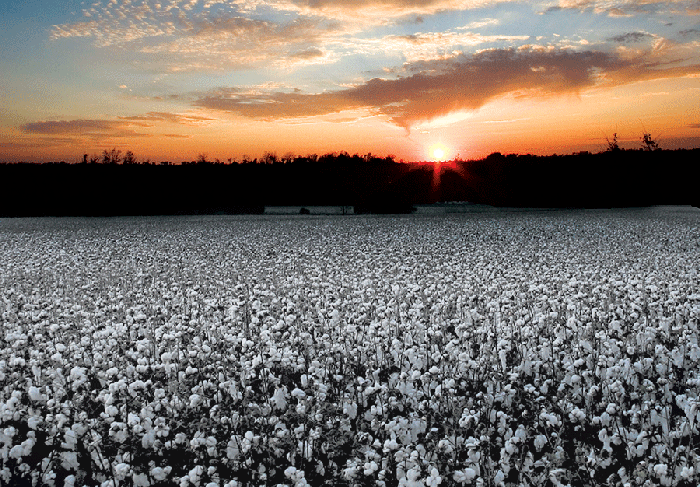
Outstanding cotton yields the past six years, thanks in large part to genetic improvements in new varieties, are a major factor leading Mississippi producers to plant more acres, says Dr. Darrin Dodds, Extension cotton specialist at Mississippi State University.
While there is some variation in estimates for this year’s crop, Dodds and others with boots on the ground think the recent USDA estimate of 560,000 acres missed the mark by 50,000 - 100,000 acres or more.
“If I had to guess at Mississippi cotton acres today,” he told the joint meeting of the Mississippi Boll Weevil Management Corporation and Mississippi Farm Bureau Federation Cotton Policy Committee, “I’d say we’ve got 650,000 to 700,000, based on what I’m seeing, and talking to seed people and other sources. I think we’re significantly above the USDA’s 560,000 estimate.”
Factors responsible for this year’s increase, he says, include “relatively favorable prices. But what’s driving it as much as anything are the yields our producers have been making for the last six years. If we look at state averages, in my opinion we’ve almost reached a new yield plateau. Until 2012, we had only one year in which we averaged 1,000 pounds or more — 2004, with 1,024 pounds.
“Twelve or fifteen years ago, if you’d asked most cotton people if they thought we’d one day be getting the kinds of state averages we've seen the last six years, I don’t think many would’ve taken that bet.”—Darrin Dodds
“For the last six years, statewide — furrow irrigated Delta, dryland hills, sandy Gulf Coast — we’ve averaged over 1,000 pounds, and that’s remarkable, given some of the battles we’ve had with weather, thrips, plant bugs, worms, pigweed, drought, etc. Even more remarkable, in three of those six years we averaged over 1,200 pounds.
“Twelve or fifteen years ago, if you’d asked most cotton people if they thought we’d one day be getting those kinds of state averages, I don’t think many would’ve taken that bet.”
Among the reasons, Dodds says: “When we were growing 1.2 million acres, we probably had cotton on some land it didn’t need to be on; now, in most cases, it’s on better land. And we’ve certainly got better at managing the crop, whether it’s thrips, seed treatments, plant bugs, or pigweeds.
“But a huge factor is genetics. The genetics in some of the varieties today are pretty unbelievable; the yield potential we have at our disposal is as good or better than it’s ever been.”
Producers are “headed toward the finish line with the 2018 crop,” Dodds says. “But I would encourage everyone to really be aware of how much money you’re spending on this crop. Everybody knows cotton’s not cheap to produce, and with the way insects are shaping up this year, this crop’s going to be more expensive.
“Carefully evaluate where you are spending your money on this crop. Expenses for Palmer amaranth and worms have stressed a lot of budgets. Spend money where you know it’s going to put money back in your pocket. If it’s not, I’d hold that money in my pocket."
About the Author(s)
You May Also Like




